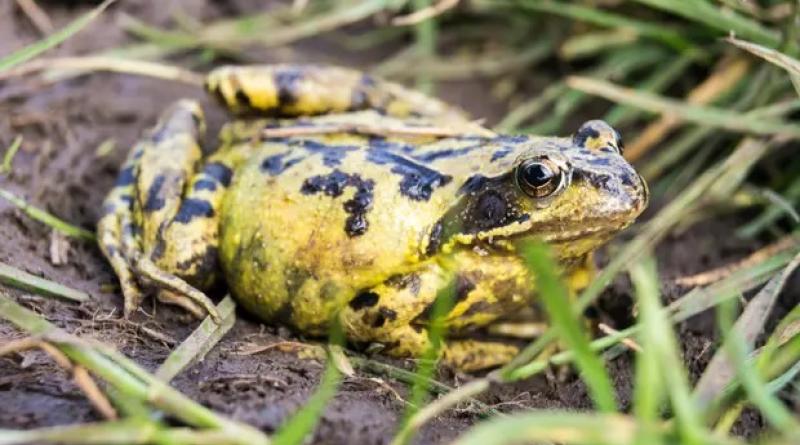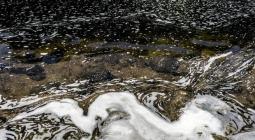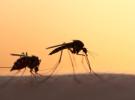Chemical cocktails harmful to wildlife found in 81% of English rivers and lakes

Chemical cocktails that are harmful to wildlife have been found in 81% of river and lake sites tested in England, a study has found.
Wildlife organisations are calling on the government for more rigorous testing of waterways for chemical cocktails, and new legal protections against dangerous mixtures, including requiring assessments of potential hazardous chemical mixture impacts before any new chemical is allowed on the market.
Experts have said while the government monitors and regulates individual levels of chemicals, the cocktail effect of mixtures of substances is ignored. The government is due to publish a new chemicals strategy this year that is expected to contain a system for dealing with long-lasting “forever chemicals”, but campaigners are also asking ministers to crack down on harmful mixtures.
Of 1,006 river and lake sites with data, 814 were found to have these toxic mixtures, according to analysis of data collected by the government’s Environment Agency.
The data analysis, by Wildlife and Countryside Link and the Rivers Trust, found that more than half (54%) of the sites contained three or more of the five harmful chemical cocktails investigated, and up to 101 chemicals were identified in river samples.
The rivers with the highest numbers of chemicals included the Mersey, Stour, Colne, Thames, Trent, Yare, Irwell, Medway, Humber and Avon.
Six chemicals in five different mixtures were found across the sites, which included four toxic per- and polyfluoroalkyl substances (PFAS), also known as “forever chemicals”: PFOS, PFOA, PFBS and PFHxS. The pesticide 2,4-D and the commonly used painkiller ibuprofen were also identified.
In laboratory conditions, these chemicals mixed together have been found to have disastrous impacts on water species including amphibians, fish, insects, nitrogen-fixing bacteria and algae.
The adverse effects on these creatures included stunted growth, reduced cell function and lower survival rates. Some campaigners also fear they may have negative effects on human health but this has not been proved.
Some sites contained all five chemical cocktails, including the Chelt in Cheltenham, the Derwent in Yorkshire, the Trent in Staffordshire, the Exe in Devon, the Ouse in East Sussex, the Wansbeck in Northumberland and the Yare in Norfolk.
Richard Benwell, the chief executive of Wildlife and Countryside Link, said: “A harmful chemical cocktail is being stirred up in UK rivers, putting wildlife and public health at risk. Government regulates and monitors chemicals individually, ignoring the cocktail effect.But our research shows that toxic combinations of pesticides, pharmaceuticals and forever chemicals are polluting rivers up and down the country. The new chemicals strategy must make sure harmful substances are regulated not just for individual risks, but for their effects in combination.”
Rob Collins, the director of policy and science at the Rivers Trust, said: “We need to stop pumping poison into our rivers. Hazardous chemicals are flowing into our waters, derived from every aspect of our lives. On the small-scale from the toiletries, food packaging, clothing and other goods we use individually, to large-scale industrial, medical and food production, we are creating an ever-growing chemical cocktail in our rivers.
“The fact that these known toxic chemical combinations are found so widely across the country is deeply worrying. And that’s just the tip of the iceberg. Unless we act now we’ll see increasingly contaminated water, less wildlife in our rivers and ocean, and this raises implications for human health as well.”
A spokesperson for the Department for Environment, Food and Rural Affairs said: “We are working closely with our regulators to assess the potential risks posed by unintentional chemical mixtures to our environment. This builds on work since the 2000s to increase monitoring and either ban or highly restrict a number of PFAS, both domestically and internationally. We will set out our approach to managing chemical mixtures in the chemicals strategy later this year.”
cover photo:A common frog on a riverbank in Essex. Chemical cocktails in waterways have caused some species to have stunted growth and lower survival rates. Photograph: Mark Dunn/Alamy






